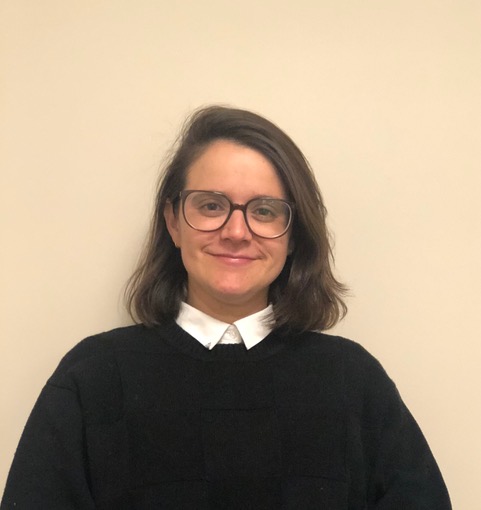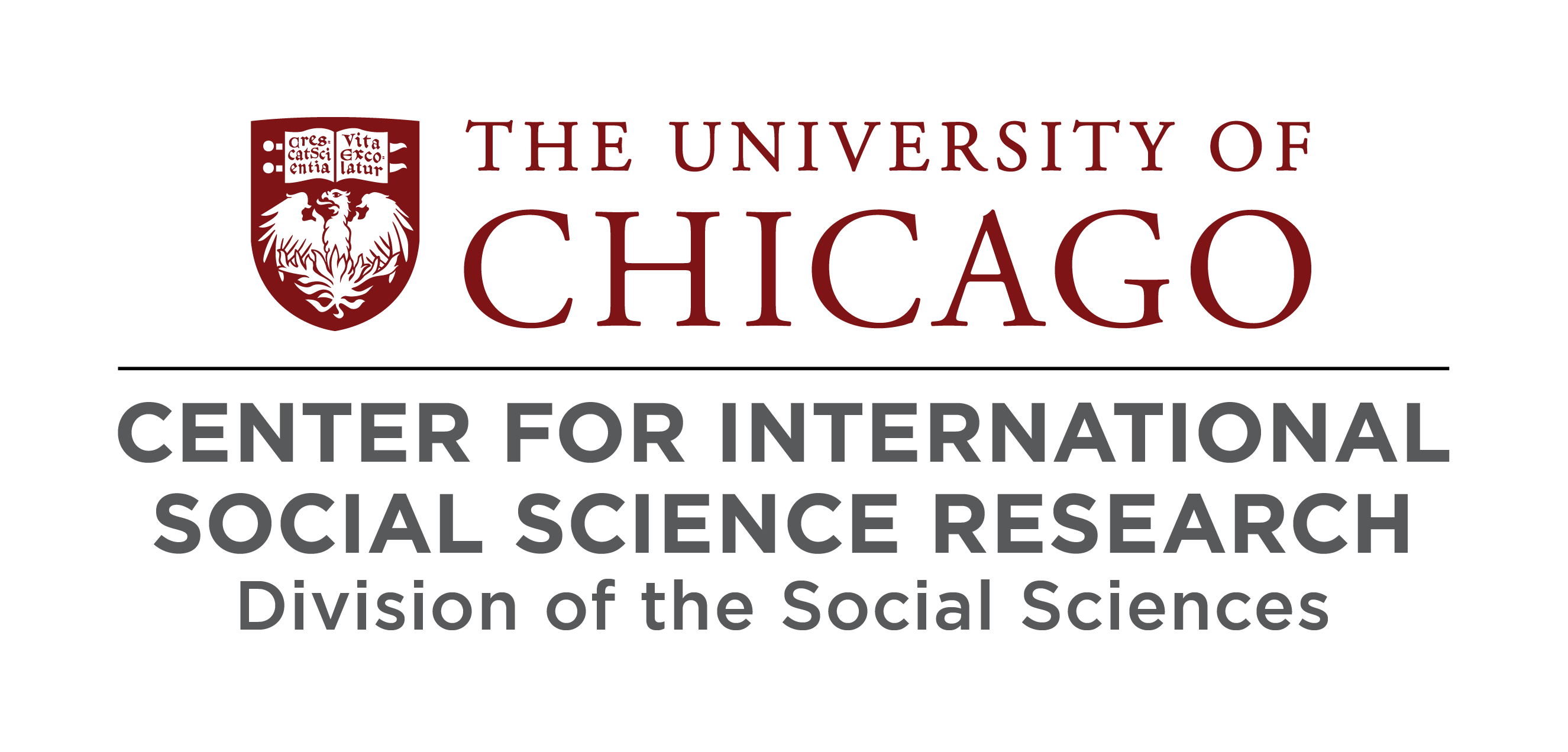
My dissertation explores the process of village formation through a detailed investigation of building practices in the valley of Guatacondo, located in the hyper-arid core of the Atacama Desert. Centering specifically on the construction of architectural spaces, it seeks to question traditional assumptions about the origins of settled life by interrogating the relationship between permanent architecture, sedentism, the development of agriculture, and social complexity. Following a multi-scalar approach that moves from the elemental composition of building materials to the broader articulation of sites in the landscape, my project traces networks of human and technological entanglements to provide insights into everyday lives, ordinary practices, and spatial histories in order to discern the gradual emergence of "places", understood as sites that gather people and things through time and space. This dissertation project broaches architecture as a transformative practice that recursively (re)produces the collective engaged in its creation. It develops analytical and methodological insights to approach the set of social relationships that emerge through and are articulated by practices of building.
Biography:
Estefanía Vidal-Montero is a doctoral candidate in the Department of Anthropology at the University of Chicago. Her research examines the material processes of the emergence of village-life in the Atacama Desert, where she has been working as an archaeologist since 2005, after receiving her BA in Anthropology at the Universidad de Chile in Santiago.
 THE UNIVERSITY OF CHICAGO
THE UNIVERSITY OF CHICAGO

